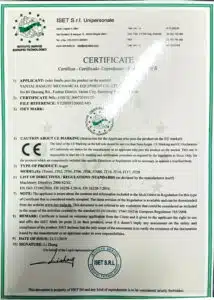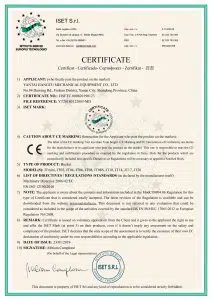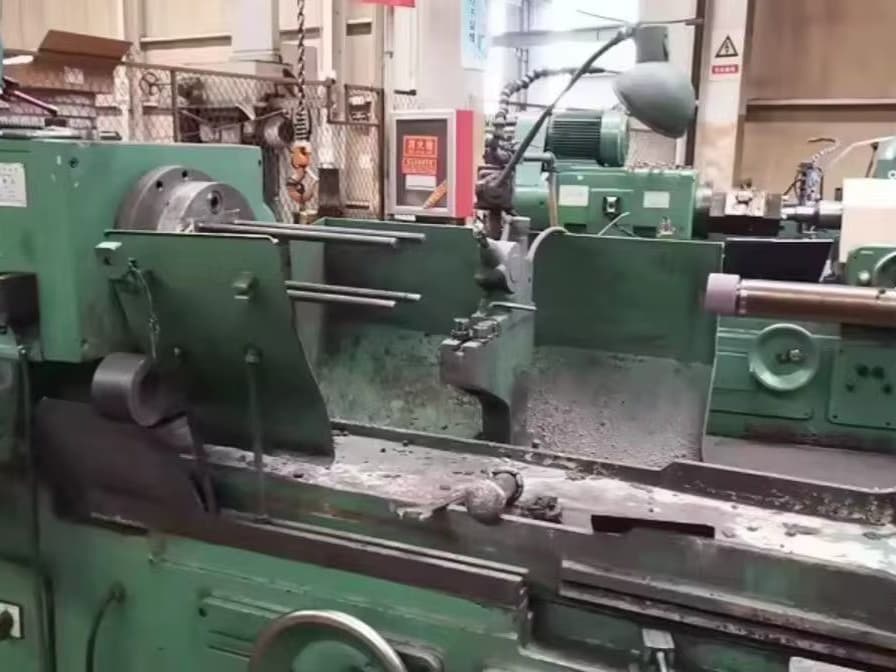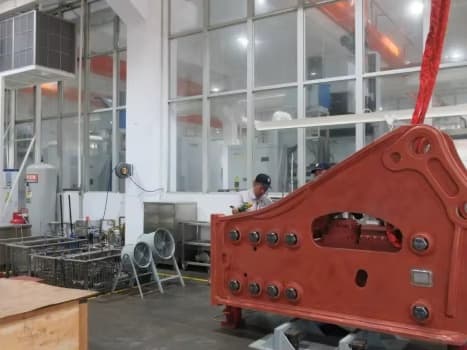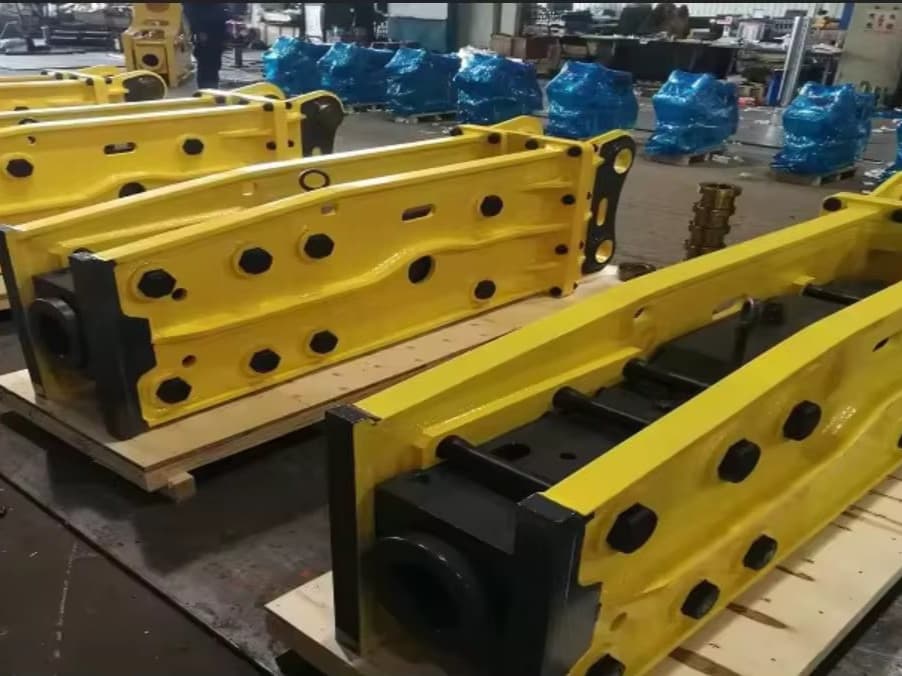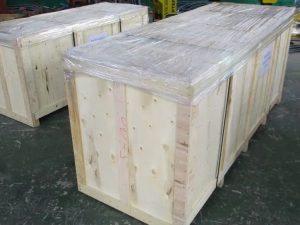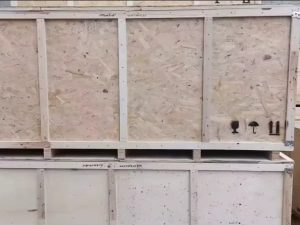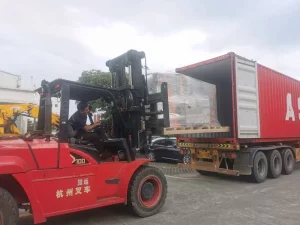
box type hydraulic breaker
High-performance, low-noise hydraulic breaker with full-coverage MIC damping housing — engineered to protect the tool, reduce working noise and minimize vibration transmission to the carrier.
- Industry-leading MIC damping technology + full-coverage housing
- Significantly reduced operational noise and carrier vibration
- Robust construction for municipal, mining, tunnel, underwater and high-altitude use
- Easy maintenance and modular service parts for lower lifecycle cost
Tips:The variations may change, please leave a message for consultation.
| Description/Model | Unit | MXB100 | MXB200 | MXB300 | MXB350 | MXB400 | MXB400A | MXB430 | MXB430A | MXB435 | MXB450 | MXB800 | MXB800A | MXB1600 | MXB2000 | MXB2200 | MXB2200A | MXB3000 | MXB3200 | MXB3500 | MXB3500F | MXB4500 | MXB4500F |
|---|---|---|---|---|---|---|---|---|---|---|---|---|---|---|---|---|---|---|---|---|---|---|---|
| Suitable Excavator | ton | 0.8-2.5 | 1.2-3.0 | 2.5-4.5 | 3-5.5 | 4-7 | 4-7 | 6-9 | 6-9 | 6-9 | 7-14 | 10-15 | 10-15 | 15-18 | 18-26 | 18-26 | 18-26 | 25-30 | 28-35 | 30-40 | 30-40 | 35-40 | 38-45 |
| Operating Weight | kg | 113 | 139 | 168 | 247 | 325 | 355 | 413 | 443 | 428 | 629 | 948 | 978 | 1427 | 1650 | 2050 | 1950 | 2279 | 2896 | 2983 | 3399 | 4390 | 4450 |
| Required Oil Flow | l/min | 15-30 | 20-40 | 25-50 | 30-60 | 40-70 | 40-70 | 50-90 | 50-90 | 50-90 | 60-100 | 80-110 | 80-110 | 90-120 | 100-150 | 120-180 | 120-180 | 150-210 | 180-240 | 200-260 | 200-260 | 210-290 | 220-280 |
| Setting Pressure | bar | 150 | 150 | 150 | 150 | 170 | 170 | 180 | 180 | 180-210 | 190 | 200 | 200 | 210 | 210-230 | 210-230 | 210-230 | 240-250 | 240-260 | 240-260 | 260-280 | 260-280 | 260-280 |
| Operating Pressure | bar | 90-120 | 90-120 | 90-120 | 100-130 | 110-140 | 110-140 | 120-150 | 120-150 | 120-150 | 130-160 | 150-170 | 150-170 | 150-170 | 160-180 | 160-180 | 160-180 | 160-180 | 180-200 | 180-200 | 180-200 | 180-200 | 100-220 |
| Impact Energy | joule | 203 | 271 | 406 | 542 | 677 | 827 | 1017 | 1167 | 1520 | 1355 | 2033 | 2233 | 2711 | 3423 | 4067 | 4067 | 5423 | 6779 | 8812 | 10846 | 12202 | 18310 |
| Impact Rate | bpm | 800-1400 | 700-1200 | 600-1100 | 500-1000 | 500-900 | 500-900 | 400-800 | 400-800 | 400-800 | 400-800 | 350-700 | 350-700 | 350-650 | 350-600 | 350-500 | 350-500 | 300-450 | 300-450 | 250-400 | 250-350 | 250-350 | 180-300 |
| Hose Diameter | inch | 1/2 | 1/2 | 1/2 | 1/2 | 1/2 | 1/2 | 1/2 | 1/2 | 3/4 | 3/4 | 3/4 | 1 | 1 | 1 | 1 | 1 | 1-1/4 | 1-1/4 | 1-1/4 | 1-1/4 | 1-1/4 | |
| Noise Level | db | 106 | 107 | 109 | 117 | 109 | 109 | 115 | 115 | 115 | 112 | 114 | 114 | 115 | 120 | 118 | 118 | 120 | 123 | 123 | 124 | 125 | 125 |
| Tool Diameter | mm | 40 | 45 | 53 | 60 | 68 | 68 | 75 | 75 | 80 | 85 | 100 | 100 | 125 | 135 | 140 | 140 | 150 | 155 | 165 | 165 | 175 | 175 |
TThe MXB Silent Hydraulic Breaker combines MIC damping technology with high-performance, engineered materials and a precision full-coverage housing design. This integrated approach protects the breaker body while substantially lowering operating noise and reducing vibration transmitted to the excavator. MXB is engineered for a wide range of working conditions — from noise-sensitive municipal construction to heavy-duty mining, tunneling, underwater repair and high-altitude operations. Its durable construction and service-friendly design make it a long-term, cost-effective choice for contractors and fleet operators.
Advantages Over Other Types
Compared to Top Type and Side Type Breakers, the Box Silenced Type stands out for its noise control, dust protection, and operator comfort. While slightly heavier due to its housing, it provides a longer service life and safer operation, especially in projects where regulations or community concerns are critical.
Performance & Noise — practical guidance
- What to expect: Box housing typically delivers noticeably lower perceived noise compared with open-frame breakers. Exact dB(A) reduction depends on carrier, mounting setup, tool selection and site acoustics — on many sites operators report measurable improvements versus open units.
- How to verify on site: perform a standardized noise test: measure dB(A) at operator ear height and at 5–10 m from machine during representative breaking cycles. Provide these test conditions to your supplier to get model-specific figures.
- Vibration considerations: ask for transmitted vibration test data (axial and lateral g or m/s² measured at the carrier boom/pin). Reduced vibration reduces maintenance needs on the carrier.
Hydraulic Requirements & Mounting
- Key hydraulic specs needed: rated working pressure (MPa/PSI), recommended flow range (L/min or GPM), max relief/return conditions.
- Sizing rule of thumb: match breaker model recommended flow & pressure to your carrier auxiliary circuit; if your carrier has lower flow, choose a low-flow model or use a flow-amplifier kit offered for some models.
- Mounting points: box units are heavier — verify boom strength and mounting bracket compatibility (pin diameter, center-to-center). Some carriers may require reinforced brackets.
- Hose & coupling: use high-pressure hoses with correct swivel couplers; consider oil-cooling or thermal relief options for intensive continuous work.
- Accumulator & control valves: for some models a nitrogen accumulator or pressure control valve improves blow consistency — ask supplier for recommended accumulator sizing and pre-charge.
Recommended Carrier & Model Selection Guide
- Small models — for compact carriers and skid/city backhoes (recommended carrier class e.g., 1.5–5 t).
- Medium models — for 5–20 t excavators/backhoes used in urban & tunneling projects.
- Large models — for heavy carriers used in deep tunneling and large demolition (typically retrofitted with reinforced linkage).
Installation & Operation — step-by-step
- Inspect mounting brackets, pins and pins bushes for correct fitment before installation.
- Secure box housing to carrier per manufacturer torque spec; ensure drain/vent ports align per instructions.
- Connect hydraulic hoses (pressure & return) with rated couplers; bleed air by operating at low flow.
- Verify accumulator pre-charge if fitted.
- Start in short bursts; monitor hydraulic temperature and oil condition during first hours.
- Avoid side-loading or prying on the tool; use vertical striking and controlled chip-out technique.
- For tunnel/underground works, ensure adequate ventilation and use additional mufflers if required.
Maintenance Schedule
Daily (before/after use)
Tooling & Accessories
- Moil point / Bull point / Asphalt chisel / Flat chisel (sizes matched to breaker model)
- Sound attenuation muffler inserts (for extra noise reduction)
- Water/dust protection kit (gaskets & sealed panels) for tunnel/underwater work
- Anti-vibration mount kit (soft mounting)
- Spare parts kit: tool points, retaining pins, bushings, seals, O-rings
- Quick-attach mounting plates & reinforced brackets for heavy duty carriers
- Visual inspection of housing, fasteners and guards.
- Check hoses & couplers for leaks and abrasion.
- Grease tool bushing and tool retainer as specified.
- Check tool condition (point tip) and remove debris from housing vents/drains.
Weekly
- Check pin/bushing play and torque of mounting bolts.
- Inspect seals and look for oil seepage around service panels.
- Confirm muffler and liner condition.
Monthly
- Inspect internal liners (if removable) for wear; replace as needed.
- Verify accumulator pressure; inspect nitrogen seals.
- Check hydraulic oil cleanliness; change filter if contamination indicated.
Every X operating hours (model dependent)
- Replace wear bushings and W-rings per service manual.
- Full teardown inspection for rental fleet units; replace worn components proactively.
Troubleshooting — common symptoms & fixes
- Symptom: Loss of impact power / weak blows
Possible causes & fixes: low hydraulic flow/pressure (check carrier), clogged valve orifices (clean), worn piston/valve components (service). - Symptom: Excessive noise or rattling from housing
Fix: inspect internal liners, loose fasteners, or broken studs; replace or tighten as needed. - Symptom: Oil contamination / foaming
Fix: check breather/venting, verify return lines and filters; replace oil and clean filters. - Symptom: Overheating hydraulic oil
Fix: reduce continuous cycle, allow cooling, check oil cooler and flow rates; consider larger cooler or duty cycle change. - Symptom: Water/dust ingress in internals
Fix: inspect seals and drainage; replace damaged gaskets and verify drain routing.
Safety & Best Practices
- Use full PPE — ear protection (even though silenced), face shield, gloves, boots, hi-vis clothing.
- Ensure firm machine positioning; use stabilizers or bucket on ground if needed.
- Secure work area and verify utilities before breaking.
- Avoid welding or cutting on the housing; always follow lock-out procedures when servicing.
- Only trained technicians should remove the housing or work on internal hydraulic components.
FAQ
Q: Can the Box Silenced Type be used underwater or in tunnels?
A: Yes — with the optional sealing kits and drainage packages the unit is well suited for tunnels and certain underwater repairs. Confirm depth/pressure needs with supplier.
Q: Will silencing reduce breaker performance?
A: Properly designed box housings aim to lower noise without significant loss of impact energy. If extra muffling is added, performance changes are typically marginal; discuss your performance priorities with the supplier.
Q: How heavy is the box housing impact on carrier selection?
A: Box housings add mass. Always verify boom strength and pin ratings; some carriers need reinforced mounts. We can produce a carrier-match table if you provide carrier models.
Q: How do we measure noise on-site?
A: Use a calibrated sound level meter, measure at operator ear and at set distances (e.g., 5 m, 10 m). Record typical breaking cycles and average A-weighted dB. Share the dataset with suppliers for model comparison.
Case Study / Use-Case Examples
- Urban subway renovation: quiet operation allowed night works with reduced complaints and no permit violations; less downtime from dust ingress.
- Tunneling project: sealed housing prevented dust ingress, reducing internal servicing frequency by X% (replace X with your measured figure).
- Rental fleet: investment in silenced units opened contracts with municipal authorities that required ≤ X dB(A) at site boundary.
- MIC Damping Technology — multi-layer vibration isolation system engineered to reduce airborne noise and structure-borne vibration.
- Full-Coverage Precision Housing — protects internal components from impact and contamination while acting as an acoustic enclosure.
- High-Performance Materials — wear-resistant steels and special composites in critical parts for longer life.
- Wide Application Compatibility — suitable for various carriers and environments (select model by carrier class).
- Modular & Serviceable Design — easy access to wear parts, fast replacement of chisel/tool and seals.
- Hydraulic Efficiency — optimized valve geometry and internal flow paths for stable energy transfer and reduced oil heating.
- Optional Accessories — assortment of chisels, mufflers, mounting brackets and dust/water protection kits.
- Municipal construction (noise-regulated urban works)
- Road and bridge repair
- Mining and quarry operations
- Tunnel excavation and lining works
- Underwater demolition and marine repair (with optional sealing kits)
- High-altitude and tower works
- Demolition, concrete breaking and trenching
Why MXB
| Noise control | MIC damping + full housing | Minimal/no acoustic enclosure | Acoustic kit optional | MXB built-in solution |
| Vibration to carrier | Low | Medium–High | Low (but heavier) | MXB balances isolation & weight |
| Serviceability | Modular, easy access | Varies | Varies | MXB optimized for field service |
| Suitability for sensitive sites | Excellent | Poor–Moderate | Good | Municipal permit advantage |
| Weight for same power | Medium | Light | Heavy | MXB engineered trade-off (protection vs weight) |
| Price | Competitive | Low | Premium | Position per your market strategy |
Related Product
Successful Case
Related articles
How to Choose the Right Grapple
Selecting the right Excavator Log Grapple, Timber Grapple, or Forestry Grapple is critical for maximizing productivity, safety, and…
Frequently Asked Question
Still have questions?
Contact Us
Submit your question quickly and you will get a reply within 24 hours of working days☺.







